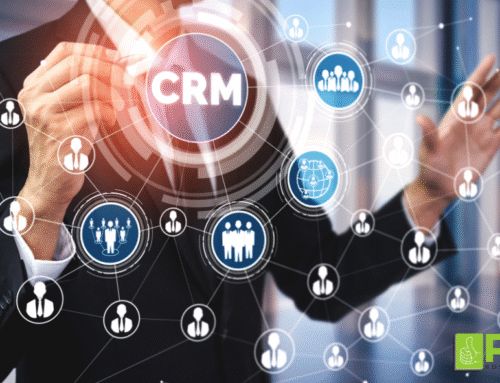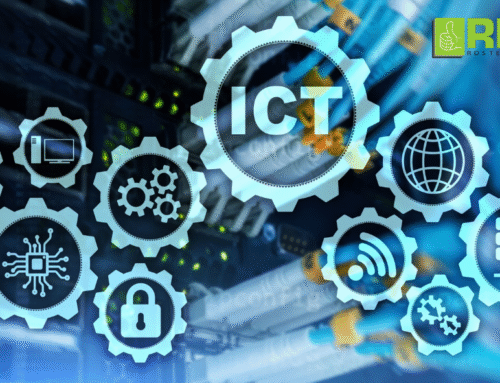Should You Lease or Buy a Business Printer? A Complete Cost Comparison
Introduction
If you’re a business owner trying to make smart decisions about office technology, one question always comes up:
Should you lease or buy your business printer?
The answer depends on your budget, your needs, and how you plan to scale. With so many options and costs to consider, it’s important to understand what each approach really means — and how it affects your bottom line.
In this article, we’ll break down the pros and cons of leasing vs. buying a business printer, compare real costs, and help you make the best decision for your office.
Table of Contents
-
Understanding the Leasing Option
-
Buying a Business Printer: What to Expect
-
Cost Comparison: Leasing vs. Buying
-
Maintenance and Support Considerations
-
Tax Advantages and Accounting Differences
-
How to Decide: Key Factors for Business Owners
-
Real Scenarios: What Other Florida Businesses Are Doing
-
Final Thoughts
-
Call to Action
1. Understanding the Leasing Option
Leasing a business printer means you’re paying a monthly fee to use the equipment over a fixed term, typically 36 to 60 months. It’s similar to leasing a car.
Benefits of Leasing:
-
Lower upfront costs: Preserve your cash flow with predictable monthly payments.
-
Access to the latest technology: Upgrade more frequently without the burden of outdated equipment.
-
Maintenance often included: Many leases come bundled with service agreements.
-
Tax-friendly: Lease payments can typically be written off as a business expense.
Downsides of Leasing:
-
Long-term cost: Over time, you might pay more than the printer’s value.
-
Contract commitment: You’re locked into a term and must follow the lease conditions.
-
No ownership: At the end, you don’t own the equipment unless you pay a buyout fee.
2. Buying a Business Printer: What to Expect
When you buy a printer outright, you pay a lump sum and own the equipment immediately.
Benefits of Buying:
-
Full ownership: It’s an asset on your books.
-
No recurring payments: Once it’s paid, it’s yours — no monthly costs.
-
More control: You decide when to service or upgrade.
Downsides of Buying:
-
Higher upfront cost: It can tie up capital that could be used elsewhere in your business.
-
Risk of obsolescence: Technology changes fast. That shiny new printer may feel outdated in 3 years.
-
Maintenance is on you: If something breaks, you’re responsible for the repair.
3. Cost Comparison: Leasing vs. Buying
Let’s break down a real-world example.
| Option | Upfront Cost | Monthly Cost | Total 3-Year Cost | Ownership? |
|---|---|---|---|---|
| Leasing | $0–$300 | $125–$200 | ~$4,500–$7,200 | No (unless buyout) |
| Buying | $3,000 | $0 | ~$3,000 + repairs | Yes |
Keep in mind: With leasing, maintenance is often included. If you buy, those unexpected repair bills can add up quickly.
4. Maintenance and Support Considerations
Leasing typically includes a maintenance contract. This means if your machine breaks, RDS Team or another provider handles it.
If you buy your printer:
-
You’re responsible for calling a repair tech.
-
If parts are discontinued, your whole operation could stall.
-
Downtime = lost productivity.
Ask yourself: Is your team equipped to handle printer issues internally? If not, leasing with a full-service agreement can save a lot of headaches.
5. Tax Advantages and Accounting Differences
Leasing:
-
Monthly lease payments are 100% tax-deductible as a business expense.
-
Easier to predict and manage from an accounting perspective.
Buying:
-
You can depreciate the asset over its lifespan, typically 3–5 years.
-
Large purchases may qualify for Section 179 tax deduction in the U.S., letting you write off the full purchase in year one.
Tip: Speak with your CPA to weigh which is better for your unique tax situation.
6. How to Decide: Key Factors for Business Owners
When deciding, consider:
✅ Cash flow – Do you have capital to invest now, or do you need flexibility?
✅ Tech needs – Do you want the latest features like secure printing, wireless access, or color calibration?
✅ Maintenance – Can your team manage repairs, or would bundled support help?
✅ Scalability – Will your print needs grow or shrink over the next few years?
✅ Tax impact – Which structure gives you the best financial advantage?
7. Real Scenarios: What Other Florida Businesses Are Doing
At RDS Team, we’ve worked with companies across Miami, Fort Lauderdale, and Broward County. Here’s what we’re seeing:
-
Law firms tend to lease — they need fast, secure printing and want hassle-free support.
-
Medical offices often lease multi-function printers with HIPAA compliance built-in.
-
Real estate agencies sometimes buy — especially smaller firms that don’t print in high volume.
-
Schools and nonprofits often lease under special government or volume pricing programs.
No two businesses are the same — but nearly all agree that service and uptime matter more than anything.
8. Final Thoughts
If you’re trying to decide whether leasing or buying is best for your business printer, don’t just look at price — look at total value.
Leasing gives you flexibility, fewer headaches, and better tech.
Buying gives you ownership, but also responsibility.
For most growing businesses, especially those that rely on consistent printing and scanning, leasing with a full-service agreement offers the best long-term ROI.
9. Call to Action
Need help deciding what’s right for your business?
At RDS Team, we offer flexible printer and copier leasing options, top-rated equipment, and unbeatable service contracts — all tailored to your business.
📞 Call us today at [your number] or
📩 Request a free quote and consultation at RDSTeam.com/contact
Let’s help you print smarter — not harder.

















Leave A Comment